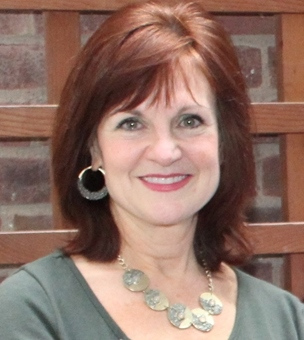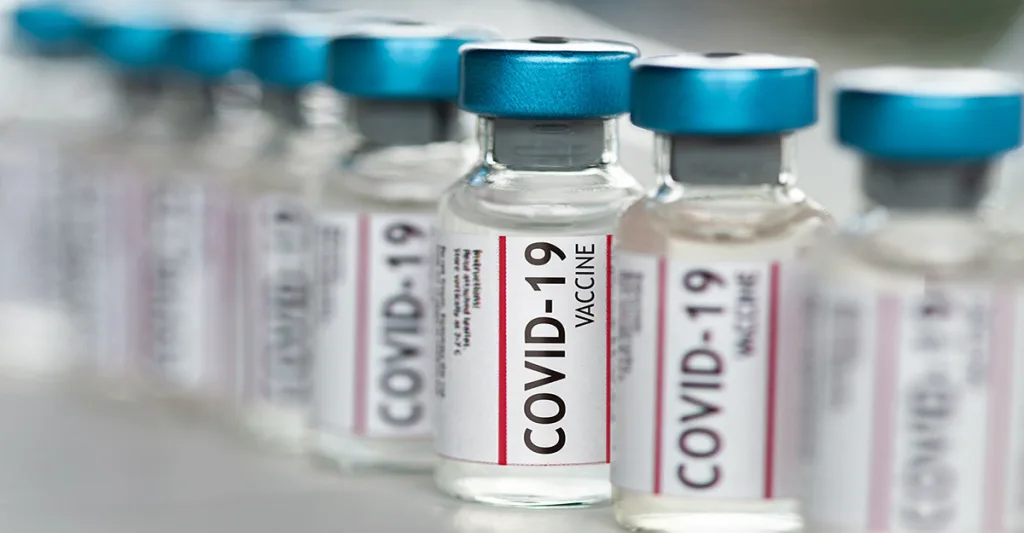Nurses and other healthcare workers could have access to a COVID-19 vaccine in the coming weeks.
In fact, physicians, nurses, and other healthcare workers who interact with patients should be first in line to get an approved COVID-19 vaccine in the U.S., according to the CDC. [caption id="attachment_77256" align="alignleft" width="200"] Ann Marie Pettis, RN[/caption] Groups then slated to receive the vaccine after healthcare personnel include essential workers, people at high risk for complications, and people 65 and older, according to the CDC. How quickly the vaccine will roll out to these groups before distribution to the general population depends on the supply, said Ann Marie Pettis, BSN, RN, CIC, FAPIC, Director of Ambulatory Infection Prevention at University of Rochester (N.Y.) Medicine Highland Hospital. The distribution to nurses, however, should happen quickly once the FDA gives its approval to one or more of the vaccine contenders in phase 3 trials.
Ann Marie Pettis, RN[/caption] Groups then slated to receive the vaccine after healthcare personnel include essential workers, people at high risk for complications, and people 65 and older, according to the CDC. How quickly the vaccine will roll out to these groups before distribution to the general population depends on the supply, said Ann Marie Pettis, BSN, RN, CIC, FAPIC, Director of Ambulatory Infection Prevention at University of Rochester (N.Y.) Medicine Highland Hospital. The distribution to nurses, however, should happen quickly once the FDA gives its approval to one or more of the vaccine contenders in phase 3 trials.
"What we are hearing is end of November, beginning of December is when we should see the first vaccine available," Pettis said.
COVID-19 Vaccine Top Contenders
Among the top vaccine candidates in phase 3 studies: Pfizer and BioNTech SE's mRNA-based vaccine candidate BNT162b2. Pfizer announced November 18 that the vaccine candidate was 95% effective in preventing COVID-19. Moderna's COVID-19 phase 3 vaccine is said to be 94.5% effective. Anthony Fauci, MD, head of the National Institute of Allergy and Infectious Diseases, said both the Pfizer and Moderna vaccines use pioneering mRNA technology and are identical in many respects, according to a recent article on Forbes.com. Others in late-stage trials include vaccines from AstraZeneca and Johnson & Johnson.
Operation Warp Speed Aptly Named
It is shocking that there are several strong vaccine candidates in phase 3 trials and many others in phase 1 or 2 research, according to Pettis. Especially when one considers there are no vaccines available for other coronavirus strains that have threatened global health, including SARS (severe acute respiratory syndrome) and MERS (Middle East respiratory syndrome).
"Since 2010, most novel vaccines approved by the FDA required about eight years of clinical development and were based on evidence from a median of seven clinical trials...," according to a research letter in JAMA Internal Medicine published November 10.
But when it comes to authorizing a COVID-19 vaccine, the U.S. government, through Operation Warp Speed, has worked to accelerate the process since the pandemic started, collaborating with health departments and other partners to develop vaccination plans for when a vaccine is available. When the CDC makes recommendations on U.S. adult and childhood immunization schedules, it relies on input about vaccine safety, effectiveness, and more from the medical and public health experts that make up the Advisory Committee on Immunization Practices (ACIP). The CDC claims the "current vaccine safety system is strong and robust, with the capacity to effectively monitor COVID-19 vaccine safety. Existing data systems have validated analytic methods that can rapidly detect statistical signals for possible vaccine safety problems. These systems are being scaled up to fully meet the needs of the nation. Additional systems and data sources are also being developed to further enhance safety monitoring capabilities."
What are Nurses' Options?
Pettis said she will be "putting her arm out there for sure to get a vaccine." She plans to encourage her family to do the same when the vaccine becomes available for them.
"I think that we have got an excellent history of safety of vaccines in our country," Pettis said.
But whether nurses get the COVID-19 vaccine that is offered to them might be up to individual nurses, depending on the states in which they work and their employers. Pettis said over the past several years many hospitals and healthcare facilities have made receiving the flu vaccine a requirement to remain an employee.
"In New York State, we have tried to make it mandatory as a state mandate, but we have not been able to do that because there is a very strong lobby against that," Pettis said. "I'm a huge vaccine supporter. But ... you need long-term data to uncover any rare, unexpected outcomes."
Pettis and other infection preventionists in the U.S. are working closely with state health departments and the CDC to be ready for the impending vaccine roll out to healthcare workers. Right now, Pettis said, the goal is to prevent the spread of COVID-19 and to get as many healthcare workers vaccinated against flu as possible to prevent the nightmare scenario of influenza and COVID-19. Pettis said she has not seen much nosocomial transmission among front line staff, which she attributes to diligent use of personal protective equipment (PPE) by staff while they are caring for patients. But there is an uptick in healthcare workers contracting the virus from community exposure, she said. "Because of PPE fatigue or COVID-19 fatigue, people are letting their guard down," Pettis said. "But we can't let our guard down, We are very concerned about our nurses letting their guards down to eat lunch. That's when your mask is off so we're really having to hammer home the importance of not sharing food in the break room, having maximum occupancy signs posted, figuring out square footage so they can remain six feet apart, and really limiting the amount of time they share the cafeteria or break rooms and so forth. That's our big thrust right now." The vaccine is one solution to the pandemic, but it is not the only answer, she said.
"We will still need to do the masking for a long time, probably. We will still need to do social distancing," Pettis said. "But [a vaccine] is one more tool in our toolbelt that will help us get back to life as we knew it. I just think that [sentiment] can't be lost."







